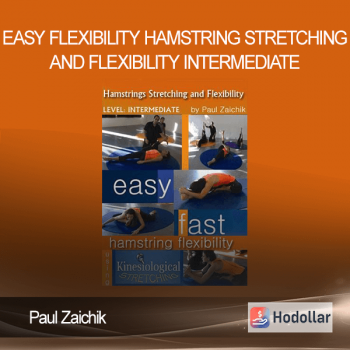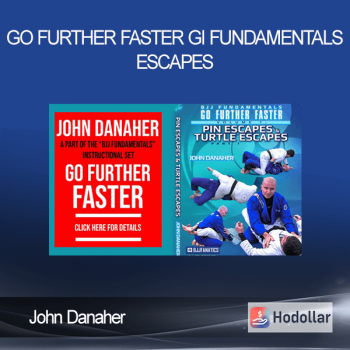Easyflexibility – EASY Back Bending Certification Seminar
Easyflexibility – EASY Back Bending Certification Seminar
In this section you will learn which muscles flex the spine, flex the hips and extend the knees. These 3 groups of muscles are the ones that restrict back bending. It’s very important to understand the function of each muscle, where it’s located and what it does, to be able to perform the ZST’s correctly and to understand the workings of other techniques such as Extended Length Conditioning, and other supporting exercises and how they related to maintenance of back bending flexibility, and utilization.
The Anatomy and Kinesiology is taught together with ZST’s since ZST’s give a deeper understanding of Kinesiology and understanding the Kinesiology in return gives a deeper insight into how ZST’s are derived and performed.
In this section Zaichik Stretching Techniques are revisited one more time. The reason for this is because quite a lot of people misunderstand the finer points of ZST’s and having a chance to look at ZST’s again in depth helps to make sure that the techniques are properly understood and performed.
In this section you will learn ZST’s for Rectus Abdominis, the Obliques, Psoas, Iliacus, Pectineus, Tensor Fascia Latte, Rectus Femoris, Sartorius, Gracilis, Adductor Magnus, Adductor Longus and Adductor Brevis.
Having flexibility in these muscles will allow you to take each joint through its full range of movement. The spinal joints will go through hyperextension, the hip joint will go through hyperextension and knee joint will go through flexion. This
back bending flexibility can then be applied to any back bending pose from King cobra to Kapotasana to Bow and so on.
to become comfortable in new ranges attained by Zaichik Stretching Techniques, so that the body can allow the progression deeper and deeper into flexibility as fast and as safe as possible.
the new flexibility ranges as normal, one of course is strength and the other one is movement. Strength exercises are usually linear and are performed with applicable resistance. Movement and Habituation exercises can be linear but they can have multiple directions and they don’t necessarily have to have
resistance, they simply move in a newly developed ranges to get the body accustomed to those ranges. This section presents the Movement and Habituation Techniques for Back Bending.
foundation routine and based on this routine Intermediate, Advanced and Very Advanced routines are based. Here you will learn how to approach a student who does not have any experience in back bending or lacking a specific attribute
such as strength, flexibility or awareness and needs to get initiated into back bending.
In this section you will learn the Intermediate routine. The intermediate routine is for someone who has practiced the back bending for a while possibly by performing relaxed stretches or partner assisted stretches, possibly performing ZST’s and supporting exercises, but this is someone that has a little bit of experience with back bending and when you get a student like that you would use this routine. So in this section you will learn what an intermediate back bending lesson is.
from round 1 to round 2 in each routine, so effectively there are 8 levels demonstrated in all 4 full routines.
Conditioning, Movement & Habituation and other exercises there’s also contraction in the muscle that is being stretched so they receive relaxed stretches at the end together with other muscles. The goal of relaxed stretches is not to increase the range of motion but to cool down the body and facilitate faster recovery.
teach it to your students. The multiple choice questions will test how much you understand specific exercises, different concepts and also your understanding of how to put together specific routines for yourself or your students.
Sale page: https://www.easyflexibility.com/products/easy-back-bending-certification-online-course
Archive: https://archive.ph/9cYE5
Shipping method
– After making a purchase, you will see a View your order link to the Downloads page. Here you can download all the files related to your order.
– In case the link is broken for any reason, please contact us and we will resend a new download link.
– If you can’t find the download link, please don’t worry about it. This course is usually available and shipped within one day
– The course you purchased will have lifetime access
– Our support staff is the best by far! Please contact us at email: [email protected] and we will be happy to help!













